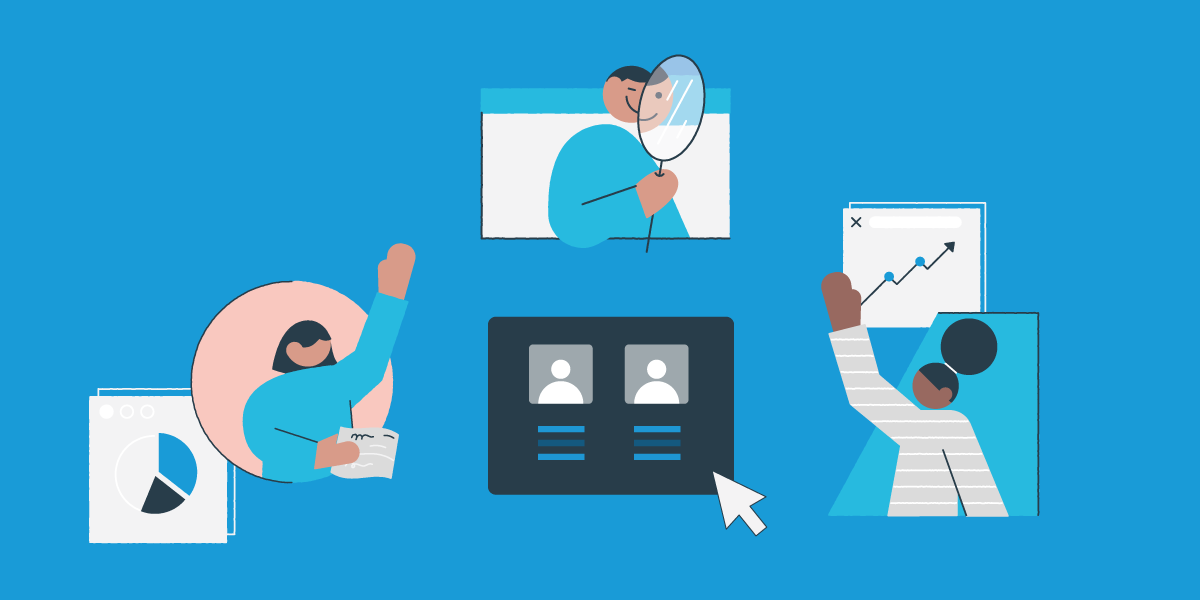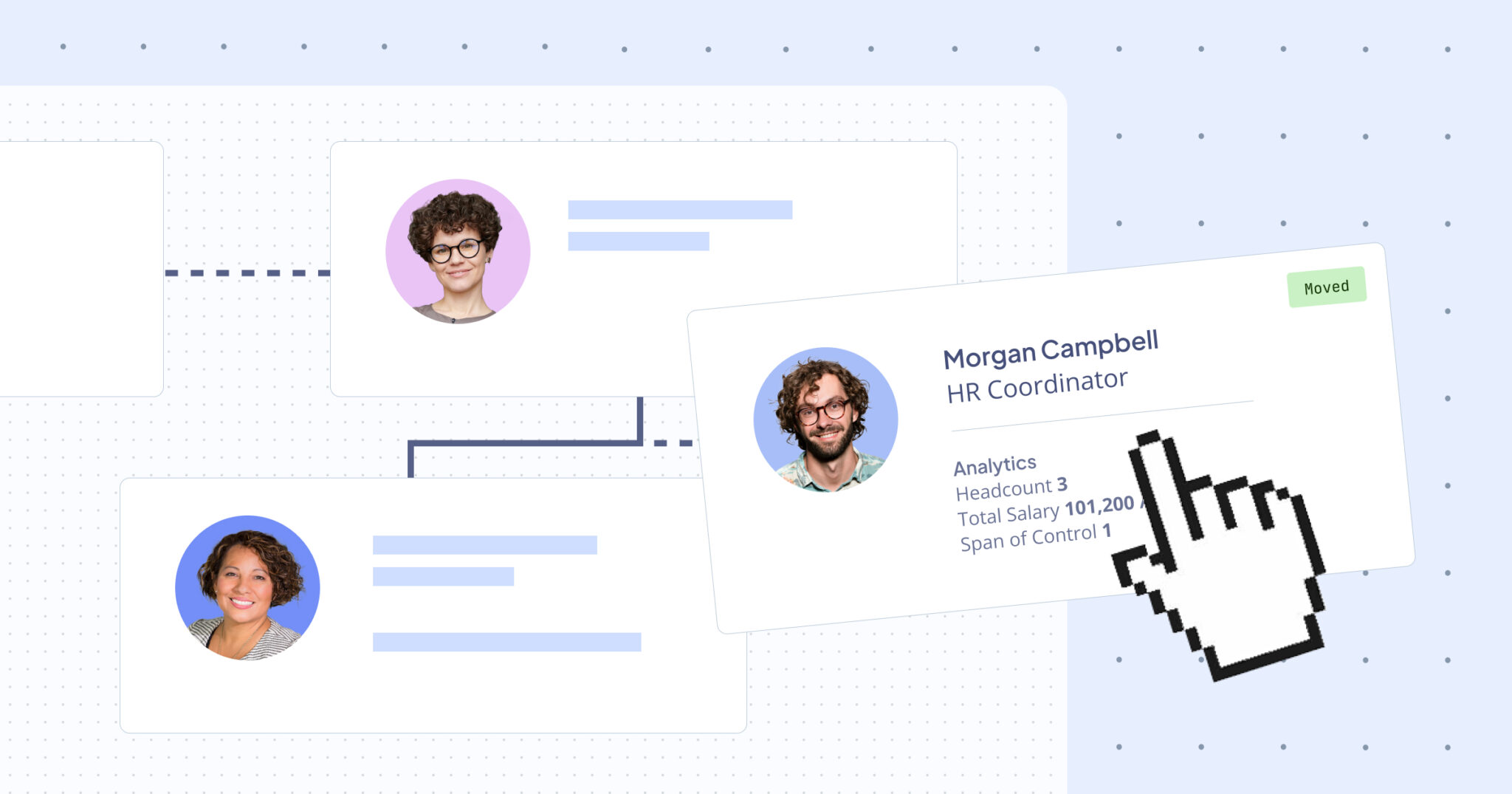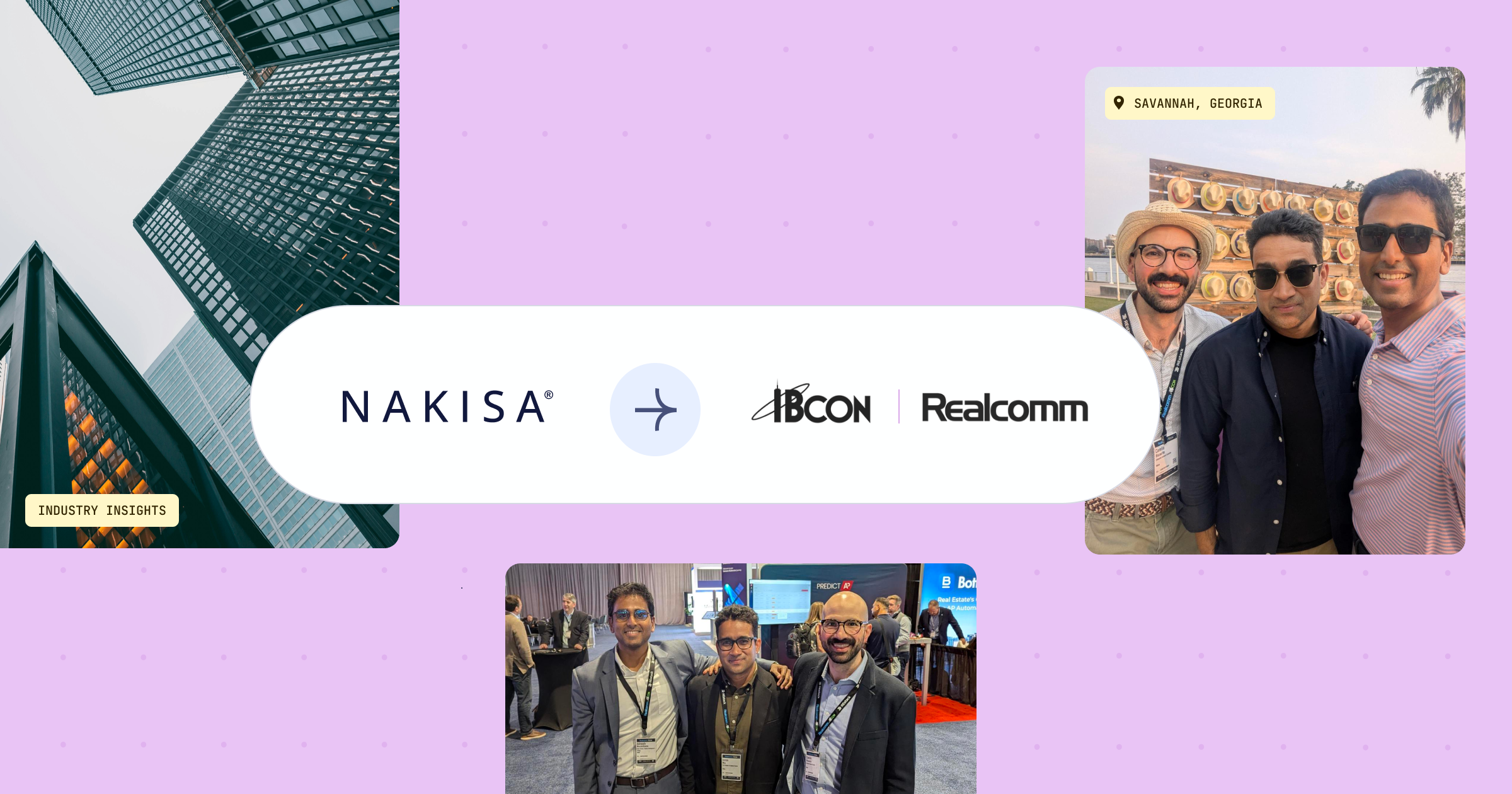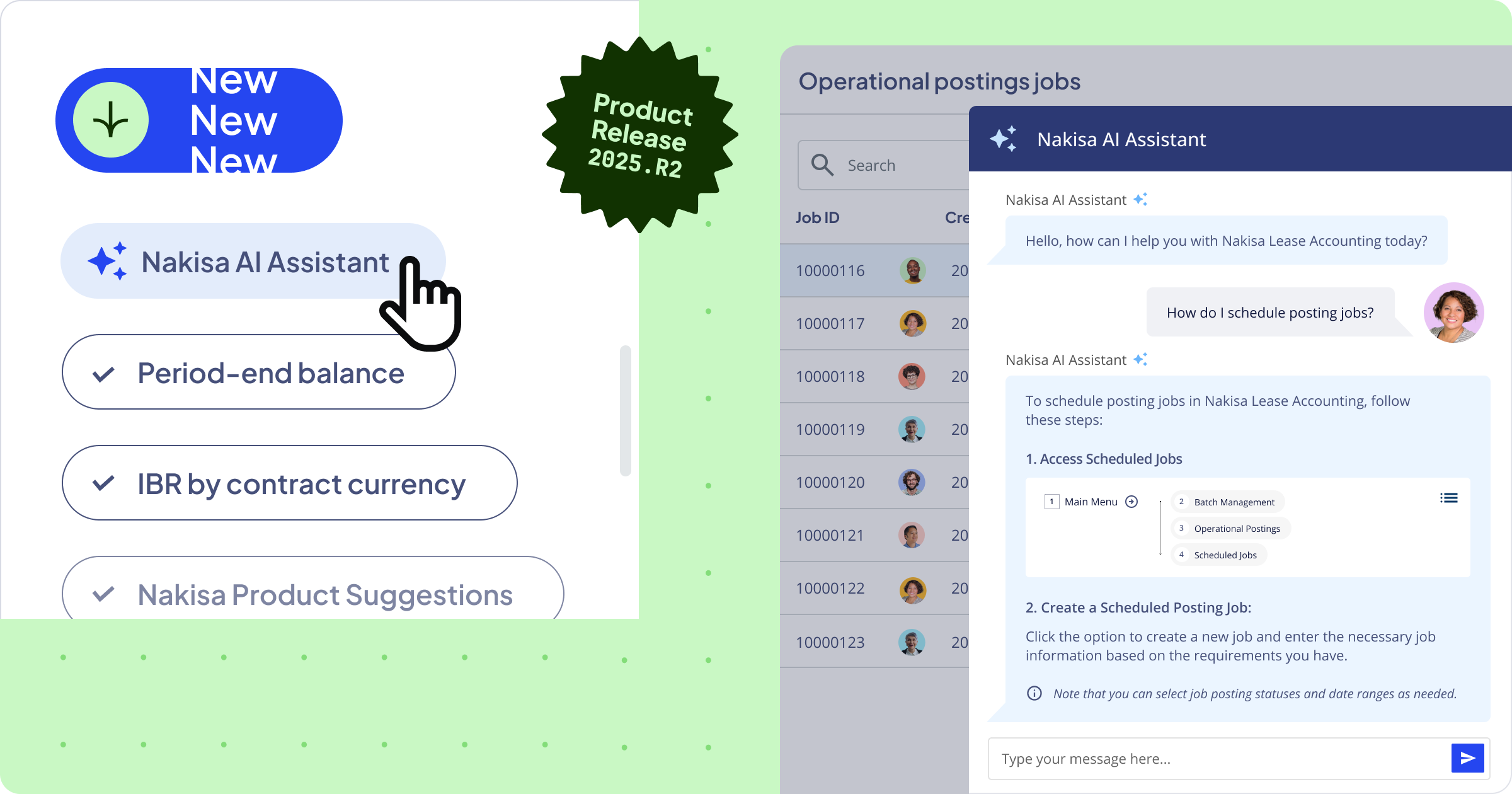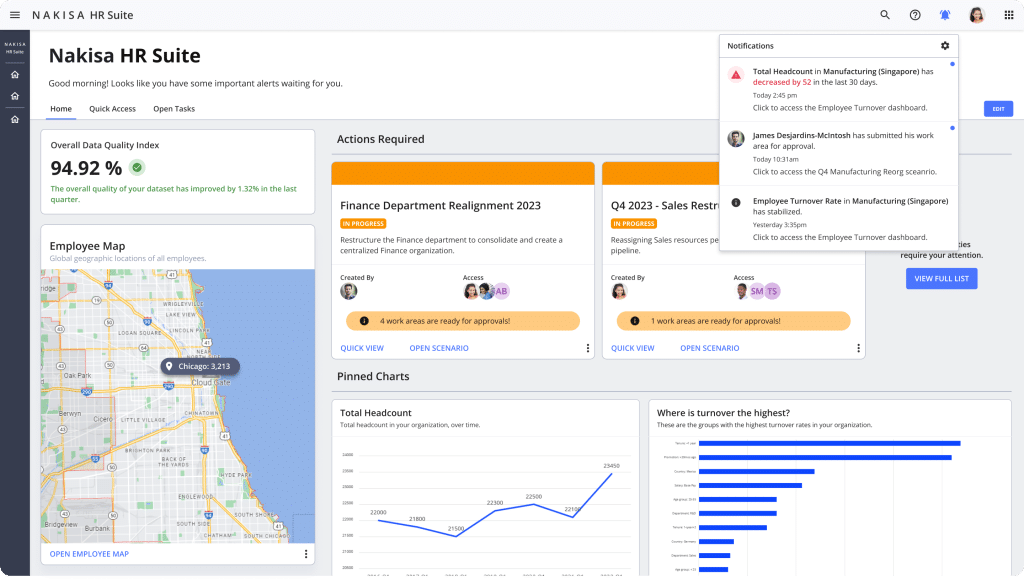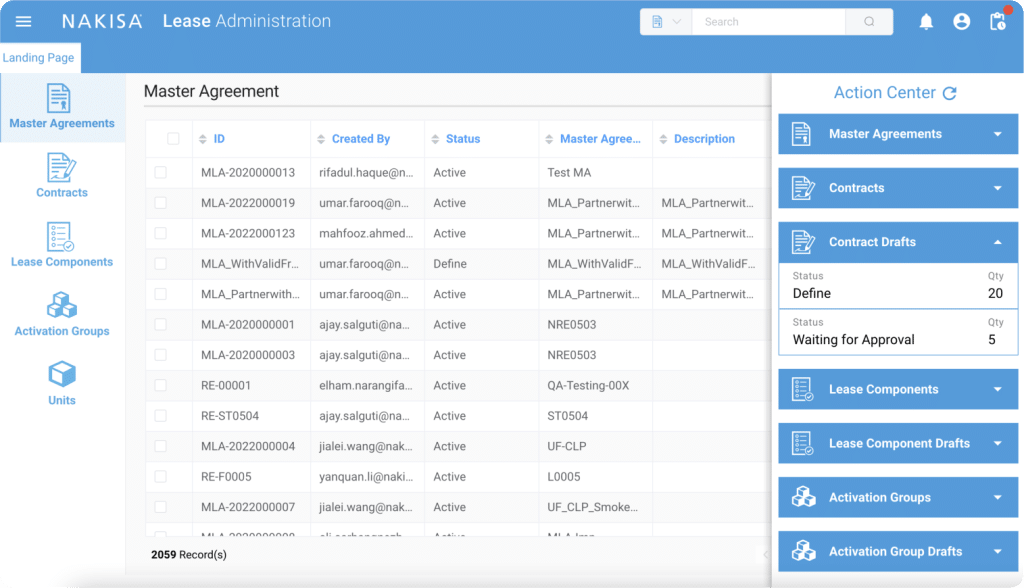Estimates are that 50% of the S&P 500 listed companies will disappear in ten years. Yes, you read that correctly, 50%. Regardless of size, companies need to act now to transform their business to avoid becoming obsolete. 65% of HR executives are expecting major business transformation this year alone, up 11% from 2021.
Luckily, organizational design and business transformation go hand in hand.
Organizational design continues to grow in significance, not because it’s just the buzzword of the moment but because it has become a survival strategy. Unsurprisingly, it ranked second in Gartner's top five priorities for HR leaders in 2022, with 48% of HR leaders prioritizing organization design and change management this year. Joining them at the top of this list is building critical skills and competencies, leadership, the future of work, and DEI initiatives.
During Nakisa Connect 2022 we brought in experts to share their hands-on experience with different types of business transformations that organizations can go through, as well as the challenges that can jeopardize successful projects for you to learn from.
These HR professionals, and Nakisa customers, from OPG shared their lessons learned and best practices for effective organizational design with us in a discussion moderated by Sherif Luka, Solution Engineering Manager, at Nakisa:
- Karen Duncan Wood, Senior Manager, Org Design & Job Evaluation at OPG
- Claudia Leavens, Manager Org Design & Job Evaluation at OPG
Note: This panel discussion has been edited for clarity and readability.
What are the triggers for business transformation?
Sherif: What major factors or events have triggered OPG’s need for business transformation, and how regularly do these events occur?
Karen Duncan Wood: For OPG, new business growth is a big transformation area. As well as implementation of business efficiencies, because we're always looking at ways to make the work that we do more efficient. In addition to that plant closures, because we have closed a number of our plants over the years and with the closure of our plants, obviously redeployment of staff becomes a pretty big event for us. These are not events that happen regularly here, but I would say that we have at least one of these events happening every three or so years.
What challenges arise in business transformation projects?
Sherif: Can you share some of the main challenges you’ve faced that have impacted your transformation projects?
Karen Duncan Wood: Okay, if I keep it within the context of the three areas, three business transformation areas that I just previously mentioned. In the area of new growth, which is a huge focus for OPG right now, especially as we are shutting down a plant, there's a requirement for a whole new skill set that doesn't exist today. So, this is a challenging area for us. We have to work closely with the business to define what this new work is so that we can create new roles in our organization to attract the right talent.
We also want to be able to monitor where these jobs report to in our organization to make sure that they're assigned to the correct funding stream. And to do this, right now we're using sort of fairly generic jobs, because we can use them more widely across the organization. However, we need to be able to identify those new growth areas and the work that people are performing so that we can monitor where they're reporting in the organization. We've had to come up with a solution where we can flag the job in our system, which has been quite administrative and manual. This is a little bit of a challenge for us because we don't have that flexibility and the ability to integrate with other systems. That would have helped us resolve this issue.
In the area of plant closures, at OPG we've gone through redeployment exercises several times in my 30+ years with the company. We’re 90% unionized, we have two very strong unions, and our collective agreements prescribe the redeployment process when there is a plant closure. We have one collective agreement, which is very prescriptive and so from a technology perspective where it's easier for us to come up with like an algorithm, that will help with the associated redeployment activities. In our other union, which is our professional union, the redeployment language is very, very complex. We're going to be closing down our Pickering operation in 2026, and there's going to be a very heavy reliance on employee data so that we can execute both of these collective agreements and make sure that we have the right people going into the right jobs. Technology obviously, is going to be important to us and we need to be able to leverage all of our existing systems and make sure that there's alignment and integration. A big challenge for us right now is the fact that our systems don't speak to each other. So again, that’s a huge challenge area for us.
Then, in the area of business efficiencies, this is a challenging area in the sense that it's in change management and the acceptance of the change by our employees. Many of our work processes today are quite manual, but they are being replaced with, smart-forms apps, another sort of technology solutions. So, we're transitioning many of our manual processes using technology. In some cases, these changes all happen at the same time. We need to be mindful of how much capacity for change our employees can handle and look at ways, we implement these changes in a sort of well-thought-out way.
Build the optimal workforce with insight-driven scenario modeling
How does the organizational design process support business transformation?
Sherif: If we look at the org design process to support business transformations, how does this work at OPG?
Claudia Leavens: For larger organizational changes typically, executive leadership defines how the organizational structure needs to align with our business objectives. And then for smaller day-to-day org changes, line leaders consult with HR, and discuss the proposed changes they want to make, to understand any impacts, either on our org design principles that we've established and/or our collective agreements.
After that, the change needs to be defined, and the HR business partner using Nakisa prepares this scenario to reflect the changes. They meet with our finance group. Finance is a key stakeholder in our organizational change process, so they meet with finance to discuss the desired end state and to understand any financial implications. Because our positions and organizations contain financial data, the data must be set up correctly from the outset during an organizational change. Otherwise, many downstream systems are impacted, and then trying to go back to change is not ultimate.
After meeting with HR to understand the requirements, finance fills out an Excel spreadsheet detailing the org changes, which is then sent back to HR, who then sends up the marked-up org and spreadsheet to our payroll group for processing in SAP, which is our HR system. Oftentimes, we have back and forth between pay, HR, and finance to understand if they can't understand what the change is supposed to be, but there's some back and forth that's involved. And then once pay has completed their inputs, they notify both HR and finance that the changes are needed.
Depending on the size and the scale of the organizational change, we have other key stakeholders who may be involved in the process. I do a part of job evaluation, so sometimes when we're contemplating some enterprise-wide, we have to look at perhaps creating new jobs or revising jobs. And then compensation is sometimes pulled in as well because if we have to consider a new job, and then make sure they align with the compensation structure, we have a codes and standards group. And that is all because we run nuclear plants, it's part of our nuclear-managed system governance, that they're involved in any organizational changes that are impacting nuclear organizations, and then also change management. Again, if the organizational change is quite substantial, then our change management group helps to make sure that all parties and processes are covered.
All in all, the process can take up to 38 days to complete on org change. I just want to say though, with the introduction of Nakisa HR Suite (formerly Hanelly) write back, we're hoping that the end-to-end org change process is going to take under five days. That's huge for us. Because the enablement of the write-back removes all the manual processing and automates the sharing of the information between stakeholders. So, this is a huge win for our HR group, it’s something we're very excited about.
Blog: Nakisa data integration with SAP SuccessFactors and the transition to OAuth2.
Lessons and practices for successful business transformation through organization design?
Sherif: It would be great to get your perspective on some of the lessons learned related to your best practices, and what you consider as effective organization design that drove efficiency and success for OPG.
Claudia Leavens: Absolutely. So, one of the best practices from an organizational design perspective was the establishment of centers of excellence, where all related work is performed by this one center. For example, supply chain, engineering, health and safety environment, all those groups are together. So historically, OPG had small groups of employees performing this work to directly support plants or organizations. And we found that this model was inefficient and costly. After establishing the center of excellence model and embedding that in all organizational designs, we can see a more aligned, efficient way to perform these functions. Now everyone's working in these centers of excellence using the same technologies and processes and are working as one team toward one goal.
That was one example from an organizational design perspective. So, some lessons learned from an enterprise-wide organizational change process. That for us, and you had already alluded to that is the importance of timely communication among all stakeholders who are processing the change. That includes finance, HR, and payroll. I mean, those are always the key stakeholders involved in every change. So as much time as we can give, sometimes, I mean, some of the changes we make may be confidential. Regardless, we have found that the more time we can give them to prepare for these changes, the more success we have. Because if they are not, then we have many downstream issues. As I talked about our time reporting systems, expense approvals, all that stuff starts to break, which is not ideal.
Because we do have so many stakeholders involved, change management around executing an enterprise org change is extremely important. There are many activities involved, especially when we're looking at enterprise changes to successfully process org change. And one of that is including notification letters to the employees. So sometimes, if these letters are incorrect, and don't align with the overall org change, it causes delays in process change. So just to reiterate, having a comprehensive change plan that includes every step, improves the successful execution of these changes.
Because we do over 1000 org changes in a year, typically. And they are currently manual and labor-intensive to execute. I would say the biggest efficiency again related to organizational changes will be the implementation of write-back. So, we're launching this on June 1st, and it'll be one of the biggest changes for HR and everyone's excited about that.
How can we measure the success of organizational design practices in business transformation?
Sherif: How do you monitor and measure the success of the organizational design, once it's completed and implemented?
Claudia Leavens: We don't have any systems in place to monitor or measure success, and that's probably something we should be looking at. But from a simple getting the org change, correct as we say, “no news is good news.” Meaning if we process an organizational change, there are no complaints from managers or employees and downstream systems are working as expected, we know that we've been successful. So, a seamless pain-free org change is a successful one. But I can also probably just iterate I mean, from the get-go, we typically do, especially in enterprise org changes to align to business objectives. If we can see that we're meeting objectives, and everyone is working as a team, the center of excellence is set up the way that it should be, and we're driving business objectives. I would say that that is probably a measure of success that we're hitting our goals.
Adoption of AI and machine learning in organizational design
Sherif: A recent study found that the weakest HR competency is mobilizing information, which means that HR professionals need a lot of support to harness the power of the data. Technology is a great way to bridge that gap, especially AI and machine learning. Has OPG already embarked on this AI and machine learning journey? And if yes, in which HR areas have you invested or are looking to invest?
Karen Duncan Wood: At OPG, there's a significant demand right now for HR project support. We actually formed an HRIS group which we historically at OPG had many years ago and then for whatever reason, it was disbanded and then we restarted. It may have come back to the center of excellence where you get your IT support from the IT business, but because there is such a demand for HRIT projects, right now we formed a new HRIT group. And so all of our dedicated support comes through this group to coordinate and facilitate with our CIO group. I think that's important to note because there's a lot of value and recognition at our leadership level that we need this level of support.
With respect to already implementing AI, so we have implemented robots into various business processes. In our accounts payable, our pay services group, as well as our recruitment group is relying on automation now on things such as applicant pre-screening, on-boarding, training, off-boarding, and that type of thing. Our workforce planning in our analytics team is also using Power BI, and we too, are creating data lakes for all of our major systems. And you said it yourself, Sherif, like our line leaders now will have access to so much more data, and then that will allow us to help them with customized reporting and the information that they need to run their business.
At OPG our business is going to shrink significantly in 2026, when we close down our Pickering operations, so there is a real heavy reliance on HR data. I also mentioned that we're 90% unionized. We have to develop a lot of people strategies, and we need access easily to that data, to implement. So, we're making changes to systems right now on the fly. Where we can implement enhancements and make changes leading up to 2026 that's become important. So not necessarily just looking at the information that you need today, but what information am I going to need three years out or four years out when we start closing down our plants?
Large institutions such as OPG are replacing many of our historic systems and bringing our technology up to the 21st century. We did have a lot of old legacy systems. But we are getting a lot of support from our senior leadership in this area. In fact, they're supporting us so much, they're actually encouraging us to go faster, like let's make this happen more quickly. We've really seen that OPG had a big change there. Obviously, Claudia has already mentioned the write-back project. We're super excited about this, we're kicking off a pilot, which starts on June 1st and if everything goes the way that we're expecting, it's a six-month pilot right now. But if everything goes the way that we're expecting, we already have all of our leadership support to say, you don't have to do the full six months, bring it forward, implement, and we'll go enterprise-wide. So again, super, super excited about that.
And also, over the last two years with COVID. I mean, technology has taken a bit of a center stage, we're really speeding up our learning in this area. My background is in HR, I'm not an IT person. But I feel like the development that I've gotten in this area over the last couple of years has been pretty awesome. There continues to be a bit of a disconnect between finance and HR data. I like to see something that would align our business planning, with our HR or with our org chart even so that that our line leaders are able to see their budgeted headcount and their resource demand all in one place. I think we're getting better by using Power BI reports. But I still think that we've got a way to go as it relates to our org charts. I'm pretty excited about the possibilities in this particular area.
Check out the AI-driven organizational design and analytics suite that drives your business forward
What are the risks of using bidirectional feeds in organizational design?
Audience: Would you suggest using bidirectional feeds to the HR system in the process of the organizational design? Isn't there a risk that someone may see the change before you've communicated it?
Claudia Leavens: That is an excellent question. With the write-back and the way it is configured, I mean, everything is done in lockstep. You create your model that can be reviewed many times by whomever you decide to share the model with. And then everything has to be locked so that no changes can be made anymore. You could be having concurrent communications while you're developing the model. And then when you write it back, it would appear however quickly but the actual just to say that there are several stopgaps before it gets pushed to be your new organization structure. Learn more about Nakisa's native bidirectional integrations
What are the KPIs and benchmarks for organizational effectiveness?
Audience: Are there any benchmarks for organization effectiveness KPIs such as span of control and layers that you recommend following?
Karen Duncan Wood: OPG benchmarks against other very large utilities as a point of comparison to assess our organizational spans. And we typically look at between six to eight being the ideal span of control at OPG. However, there may be challenges with measuring and maintaining these levels due to the sort of resource mix that we have at OPG. So, we have a lot of regulars. We also have a lot of temps and seasonal and contract workers. And so sometimes that can skew the sort of ideal six to eight. And then as mentioned, with our Pickering closure coming, we will see lots of fluctuations in our spans and layers because of the transitional period. Our organization will probably go through a few iterations until we get to that future state.
And then with respect to layers in the organization, the more layers you have usually are an indicator of the complexity of your organization. We don't have a specific metric for layers per se. But we do look when we have too many layers in the organization because obviously, that has an impact on the alignment with our overall strategy. But there may be reasons why we would have lots of layers as well if we're looking at succession planning and trying to build those career paths and some of those areas.
Blog: How span of control affects organizations during a reorg.
How does diversity and inclusion strategy integrate into organizational design?
Audience: Any recommendations on how to develop a clear D&I strategy as part of your organizational design?
Claudia Leavens: At OPG, we have an Equity Diversity Inclusion strategy that has been endorsed by senior leadership and shared with all employees. So, it's very transparent on what that strategy is. Then over the next several years, the strategy is going to serve as a roadmap for our journey towards DEI excellence.
To hold ourselves accountable measure progress and ensure that we have advancements to the strategy, we are going to be relying on two external benchmarks. And those two are by 2023, OPG is going to aim to be one of Canada's best diverse employers. This designation is awarded by the Globe and Mail to Canadian employers. And then by 2030, OPG aims to become a global DEI Best Practice Leader. Now this is part of the Global Diversity, Equity, and Inclusion benchmarks and is published by the Centre of Global Inclusion and helps to ensure organizations measure EDI progress against 15 key business areas. These are two benchmarks, like I said that are going to help us be accountable and measure progress.
Check out more great blog content for HR teams to drive their business forward.
